Urban life in the Philippines is changing fast, and transportation needs are evolving just as quickly. The modern jeep in the Philippines is becoming a central figure in this transition, representing a new chapter in local commuting. While the traditional jeepney is iconic and nostalgic, new standards for safety, sustainability, and efficiency are prompting change. These modernized versions aim to carry forward the cultural legacy of the jeepney while addressing the practical needs of today’s commuters.
What Is a Modern Jeep?
A Familiar Ride, Reimagined
Modern jeeps are upgraded versions of traditional jeepneys. They usually have more organized seating, cleaner emissions, and electronic payment systems. Unlike their older counterparts, they follow specific design standards, use eco-friendly engines, and provide a smoother ride. These vehicles still carry the communal vibe Filipinos love but add a layer of convenience and safety. Equipped with GPS, CCTV, and better ventilation, modern jeeps promise a more comfortable daily travel experience while still being affordable and widely accessible.
Why Jeepney Modernization Matters
Addressing Long-Term Transport Issues
Old jeepneys are part of our culture, but they also cause pollution and traffic problems. The modern jeep in the Philippines is a smart response to these long-time transport issues. Newer units produce fewer emissions and save more fuel. With cleaner engines and better systems, these jeeps support a safer, greener way to move around. Modernization isn’t about replacing history—it’s about improving daily life for commuters while protecting the planet.
The Government’s Role in the Transition
Policies and Support Programs
The Philippine government has been pushing for the shift to newer jeeps through different support programs. These programs help make the change easier, especially for traditional jeepney drivers. Help comes in the form of loans, group cooperatives, and training to manage the new system. The goal is to keep things fair while upgrading the entire network. By focusing on both progress and people, the government hopes to lead a smoother, more balanced transition.
Features of the Modern Jeep
Design, Technology, and Comfort
Modern jeeps look and feel different from the older ones. Sleek metal bodies replace colorful artwork, and the inside is more spacious and organized. Digital payments help riders pay faster and avoid handling cash. Extra features like GPS, CCTV, and air conditioning give riders better safety and comfort. These changes make everyday travel easier and show how modern jeeps can bring style and convenience to public transport without raising fares too high.
Obstacles to Implementation
Financial and Operational Barriers
Even with all the benefits, not everyone is ready to switch. For many drivers, buying a modern jeep is too expensive. Even with loans and aid, it still feels risky. Many areas still rely on old jeepneys, so people there are slower to accept the change. There are also issues with route planning and finding parking spaces for the new units. To make this work, both the tech and the people behind it need to be supported.
Commuter Response to the New Jeeps
Gradual Acceptance and Cultural Shifts
Most commuters in cities like the upgrades. They enjoy the clean rides, better air, and faster travel times. Digital fare payments are easy for younger riders, and older folks are learning the new way too. But it’s not just about comfort—people also feel a deep connection to the old jeeps. Campaigns that explain the changes and involve the public can help more people understand and accept the switch to modern jeeps.
Environmental Impact of Modern Jeeps
Cleaner, Greener Urban Mobility
The environment is one of the biggest winners in this shift. Old jeepneys often burn dirty diesel, adding to smog and air problems. New jeeps follow cleaner standards and some even run on electricity. Cleaner jeeps help cut down on pollution and make city travel more efficient. If used widely, these vehicles could help make the air healthier in places like Metro Manila and other crowded cities across the country.
Economic Effects and Potential Growth
How Modern Jeeps Support Local Economies
The modern jeep system can create jobs and boost small businesses. Making and fixing these jeeps supports local factories and workshops. Driver cooperatives help workers team up, share costs, and earn more. Government help is important, but private groups also need to help keep the program growing. Over time, savings on fuel and better service could turn this into a win-win for both drivers and passengers.
The Bigger Picture: Urban Mobility Redefined
Toward a Smarter Transit Network
Modern jeeps can change the way people ride and think about public transport. If the system includes smart tools like tracking apps, fixed stops, and regular schedules, riding a jeep can be fast and easy. With the right tools and plans, modern jeeps could turn daily travel into something people actually enjoy—not just something they endure.
Key Takeaway
The country’s transport culture is going through big changes, and the modern jeep is at the front of it all. The modern jeep in the Philippines blends old traditions with new tools, giving commuters a cleaner, safer, and better way to travel. There’s still work to be done, but the benefits for people, drivers, and the environment are already clear. With smart planning and steady support, modern jeeps could be the start of a smoother ride for everyone.

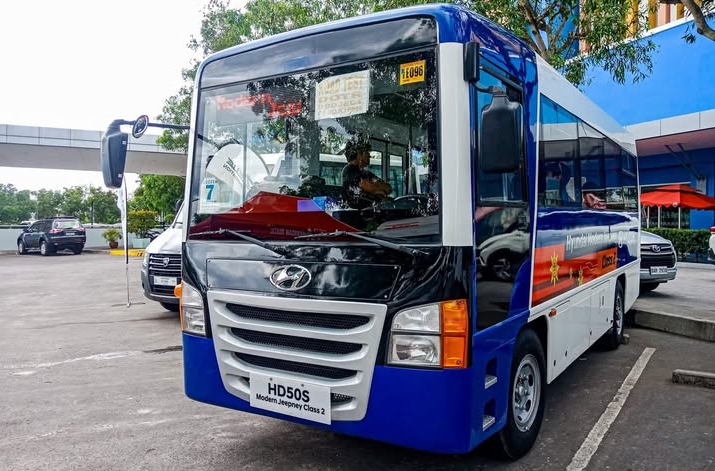
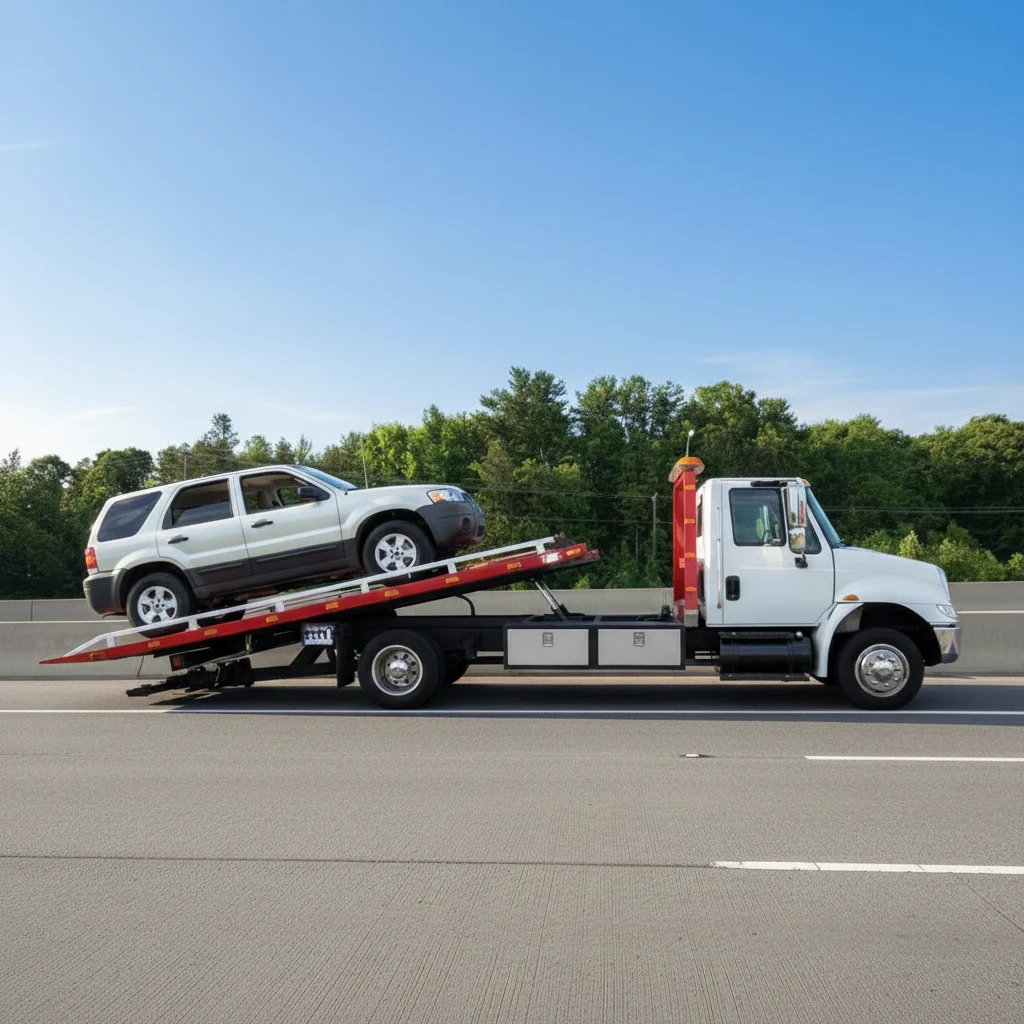
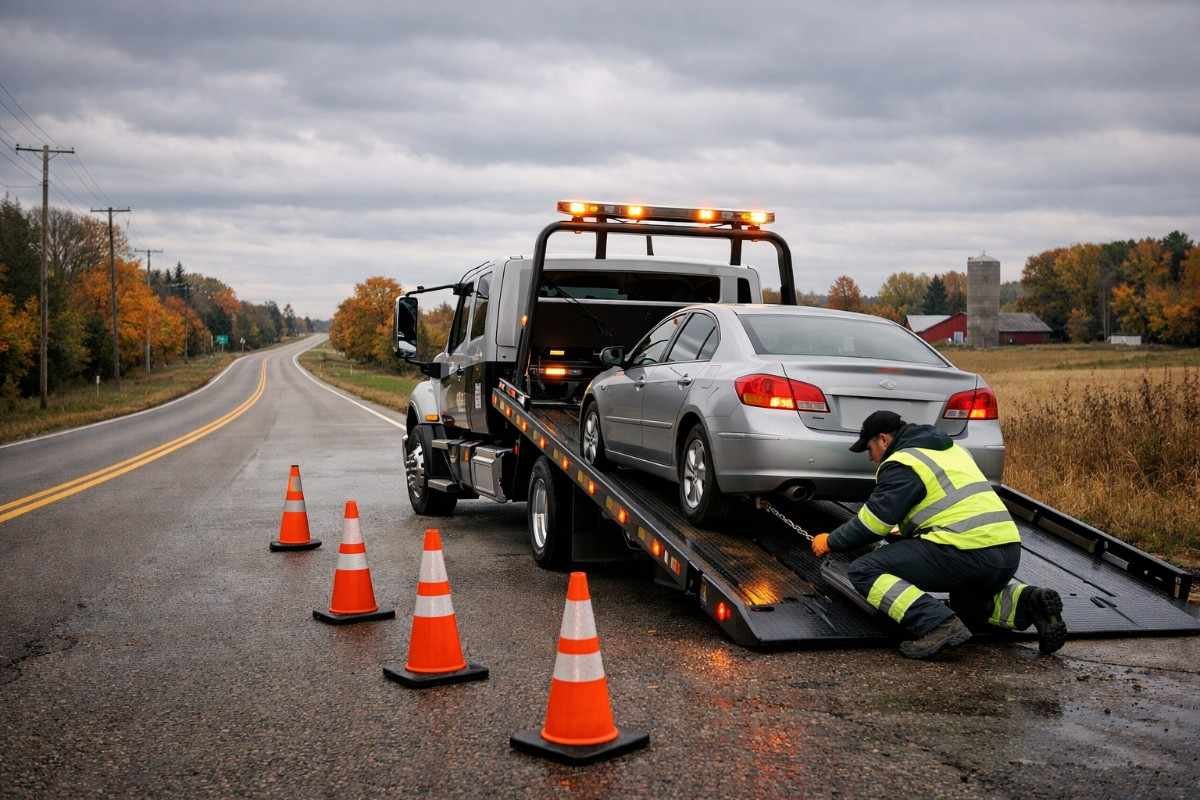
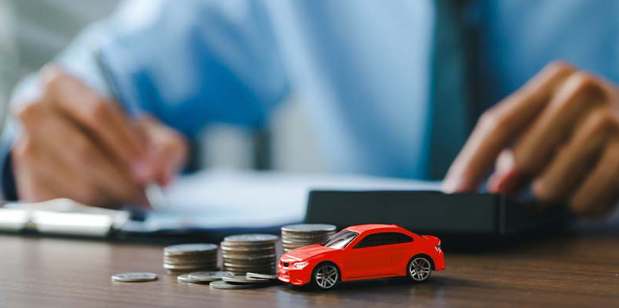

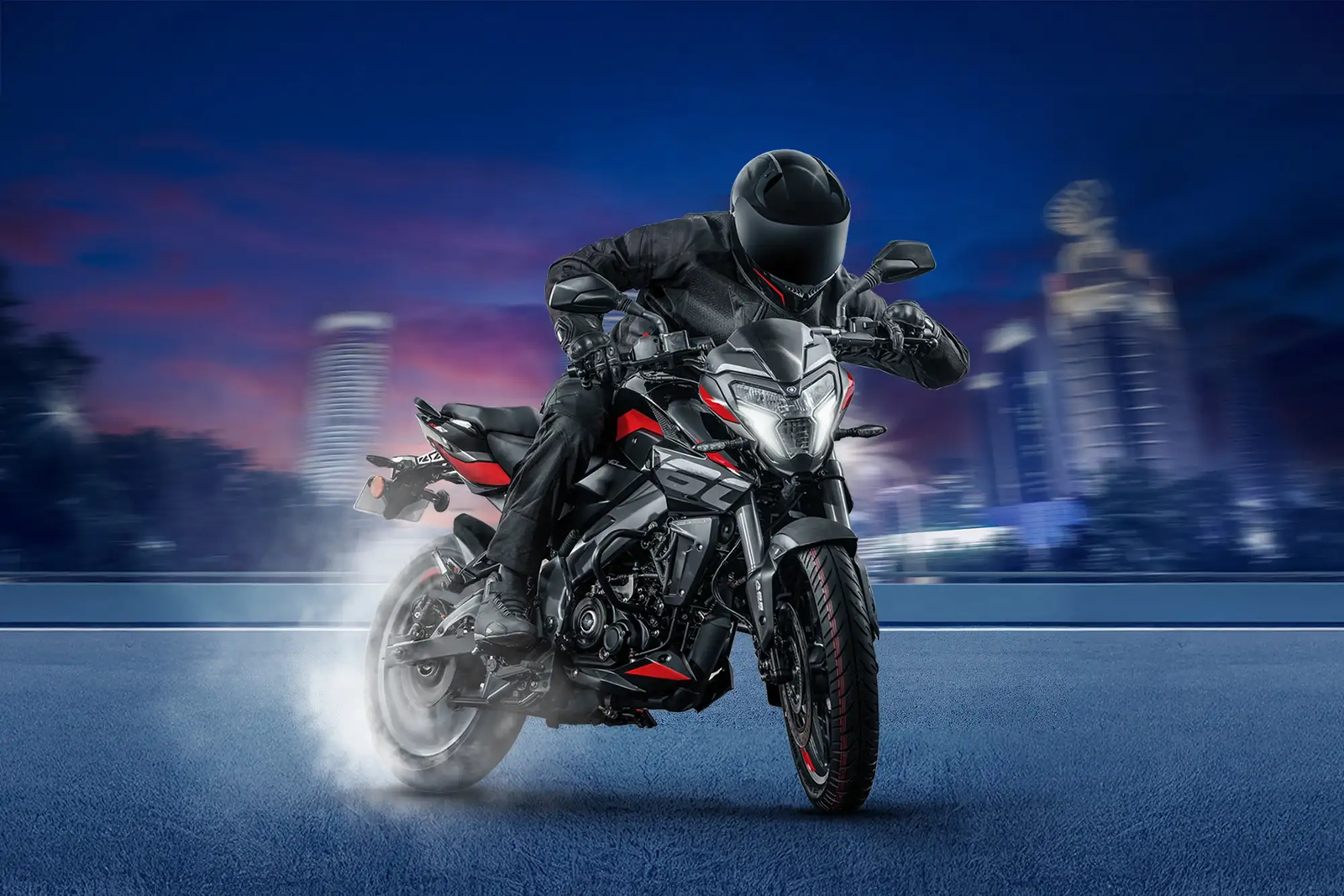
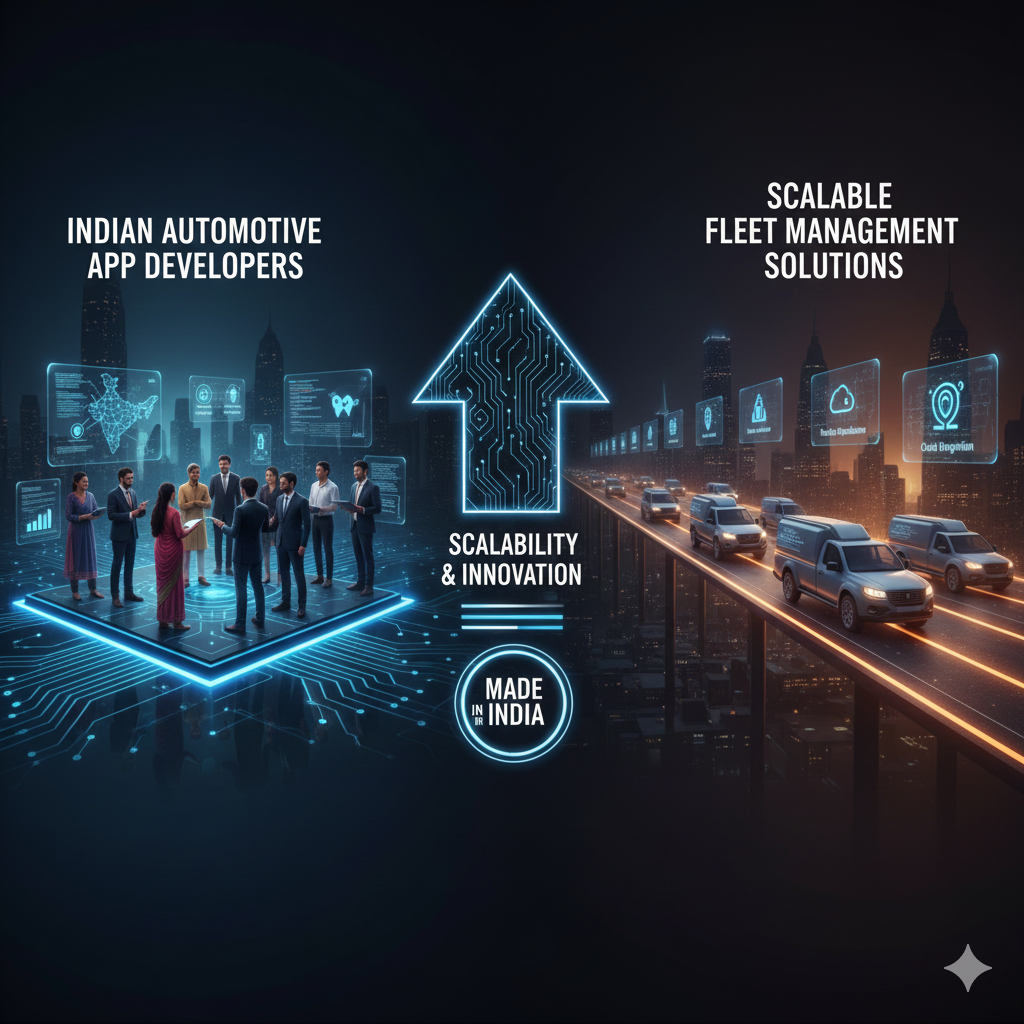
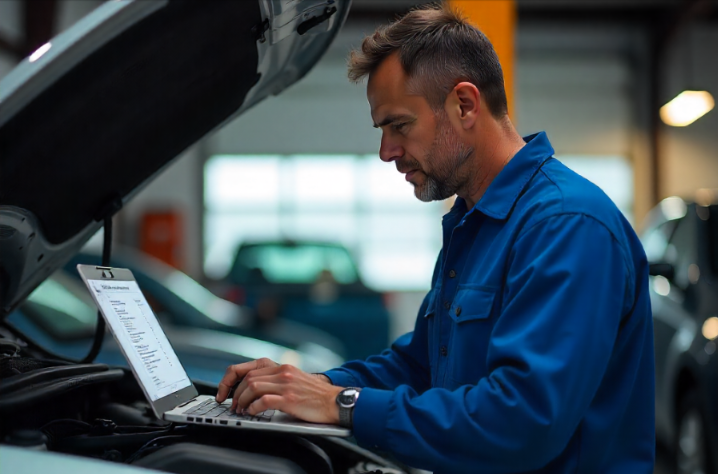
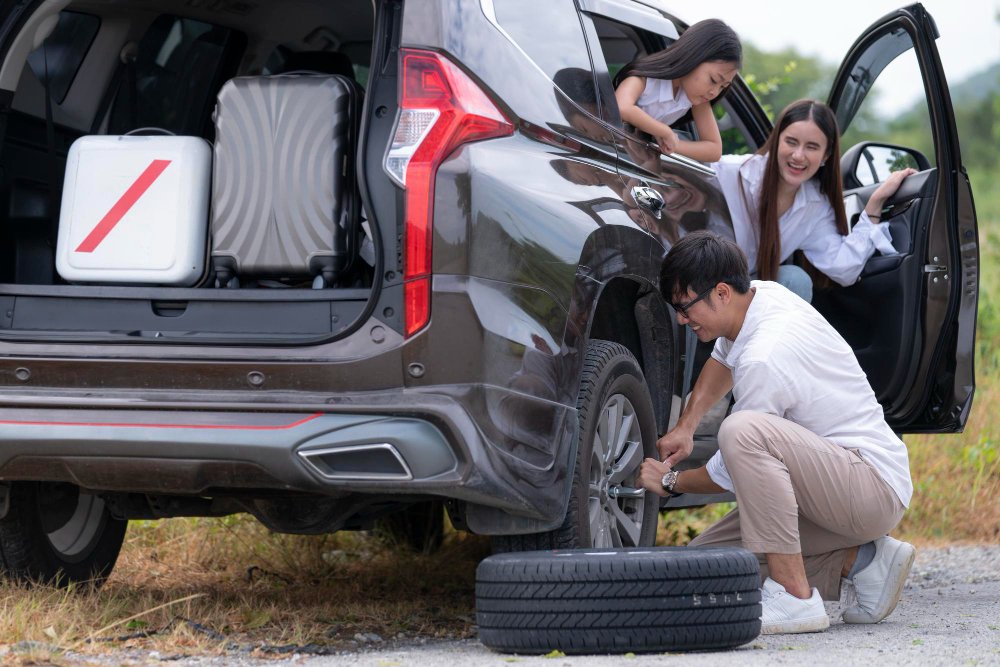




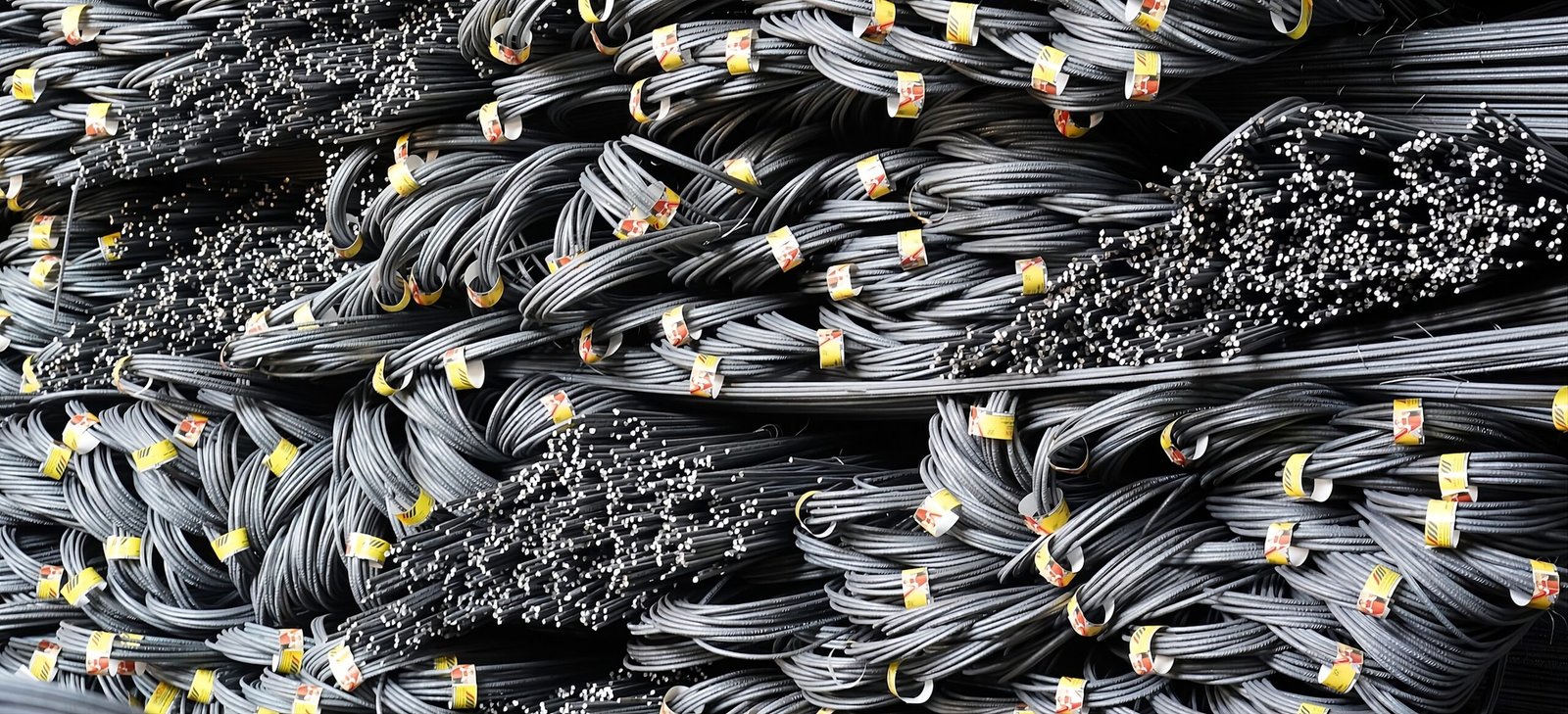
Leave a Reply